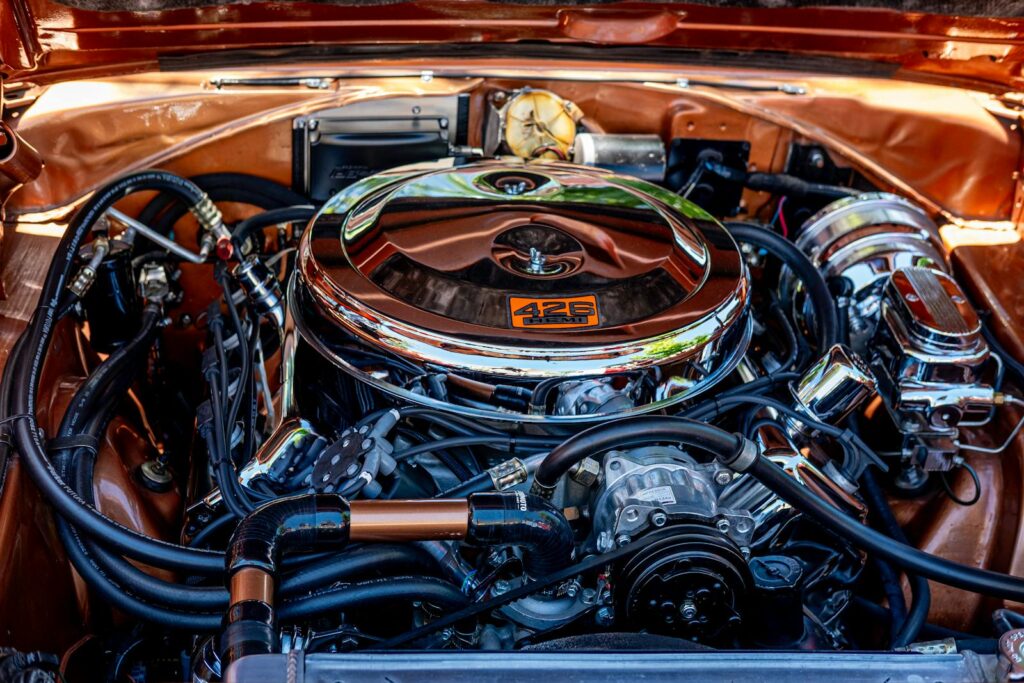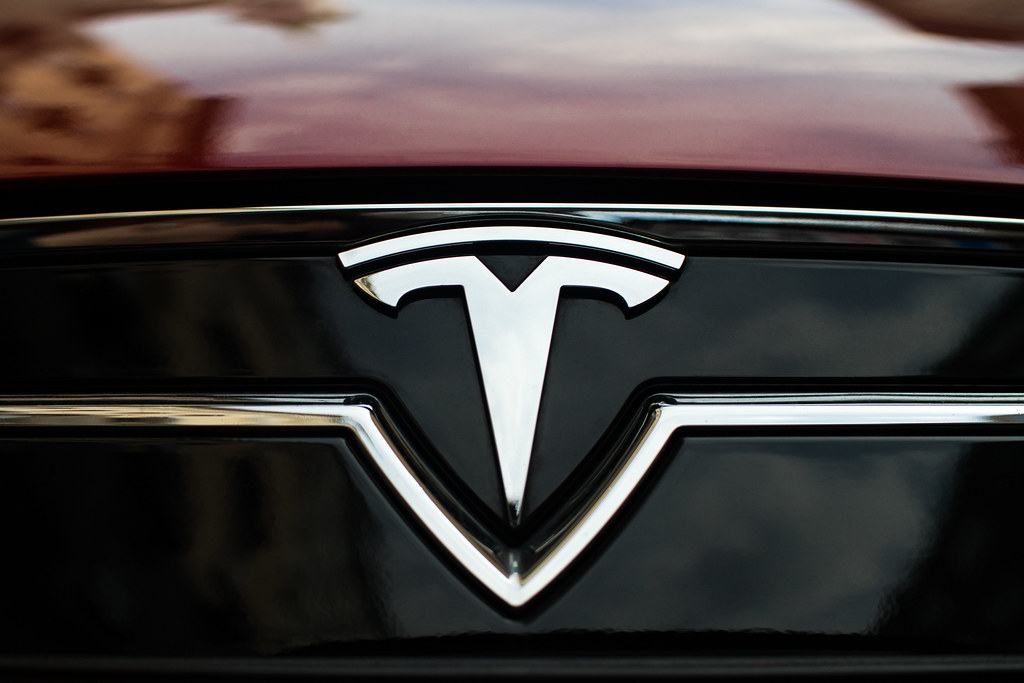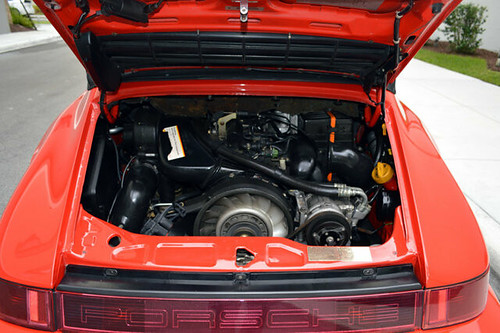
The allure of a convertible car is undeniable, offering a unique sense of freedom and style that transforms every drive into an open-air adventure. Brands like BMW and Mercedes-Benz, synonymous with luxury and performance, extend this dream to drivers with their impressive convertible lineups. Yet, beneath the sleek design and exhilarating promise, owning a convertible introduces a distinct set of challenges, particularly concerning the intricate and often temperamental convertible top mechanism.
While the open-air driving experience remains a major selling point, the sophisticated engineering of these tops—involving complex assemblies of motors, hydraulic systems, and electronic components—can sometimes fall short of the high standards expected from these vehicles. It is crucial for prospective and current owners to understand these potential problems. Awareness can ensure that the joy of top-down motoring isn’t overshadowed by unexpected setbacks, inconvenience, or costly repairs.
This in-depth guide is designed to empower you with the practical knowledge needed to navigate the common pitfalls of convertible ownership. Drawing on extensive experience and manufacturer recommendations, we will explore the critical issues that can affect your convertible’s top, from mechanical failures to environmental vulnerabilities. Our aim is to provide clear, actionable insights, helping you identify problems early, implement proactive maintenance, and make informed decisions to keep your cherished convertible in optimal condition.
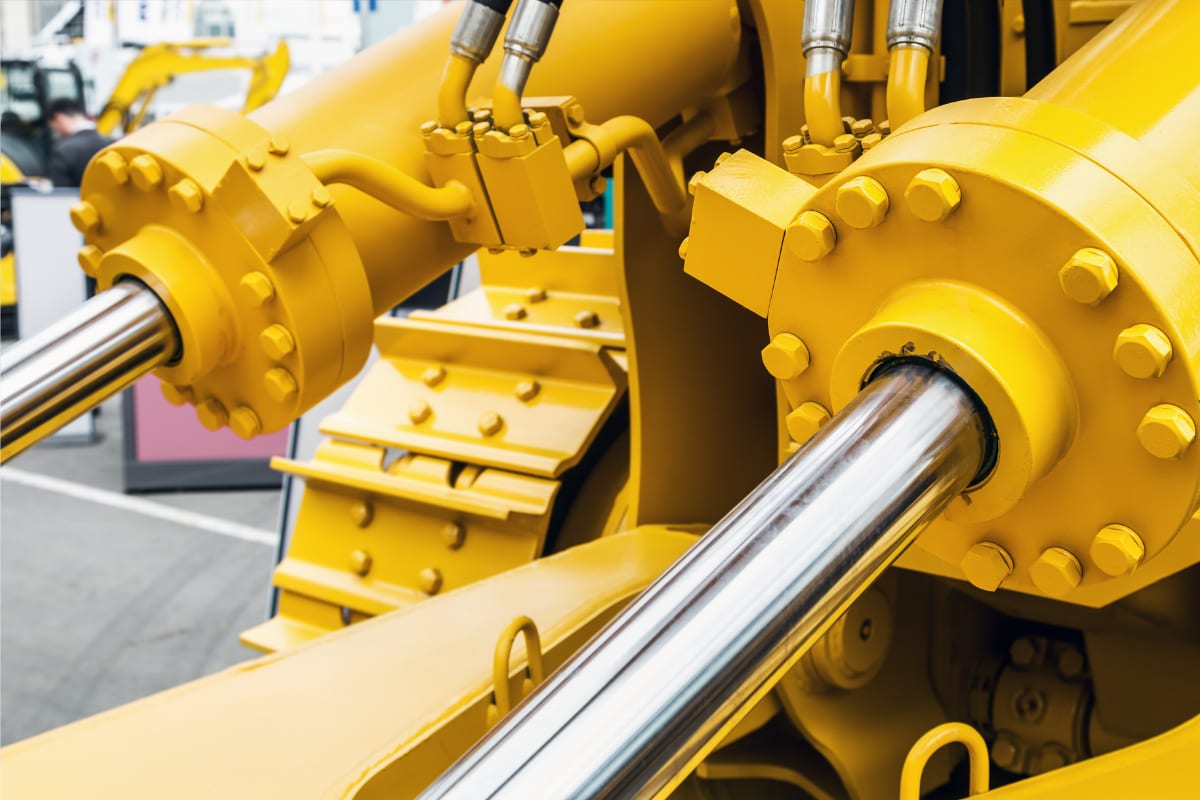
1. **Hydraulic System Failures**One of the most significant and frustrating issues encountered by convertible owners is directly linked to the hydraulic system. This complex mechanism is solely responsible for the crucial task of raising and lowering the convertible top. Any failure within this vital system can quickly lead to a non-functional top, effectively trapping it open or closed, which is far from ideal.
Common symptoms indicating a problem with the hydraulic system are often quite noticeable. Owners might observe a slow operation when attempting to open or close the top, which is a clear departure from its intended smooth motion. Unusual noises during operation, such as groans or grinding sounds, also serve as critical warning signs. Furthermore, the presence of fluid leaks around the hydraulic cylinders is a definite indicator of a serious issue that demands immediate attention.
Ignoring these early signs of hydraulic distress is a costly mistake. What might begin as a minor leak or a slight sluggishness can rapidly escalate into more extensive damage to the entire system. This often culminates in significantly more expensive and intricate repairs. Manufacturers, including BMW, consistently emphasize the importance of regular checks of hydraulic fluid levels and thorough inspections for leaks.
By staying proactive about these maintenance points, owners can significantly extend the lifespan of their convertible top’s hydraulic system. Ensuring that fluid levels are adequate and that all seals are intact is a simple yet powerful preventive measure. Early detection and prompt action on hydraulic issues are paramount to avoiding major operational failures and preserving the integrity of your convertible experience.
Read more about: The Futile Fight: Why Studios and Brands Can’t Erase Online Failures in the Social Media Age
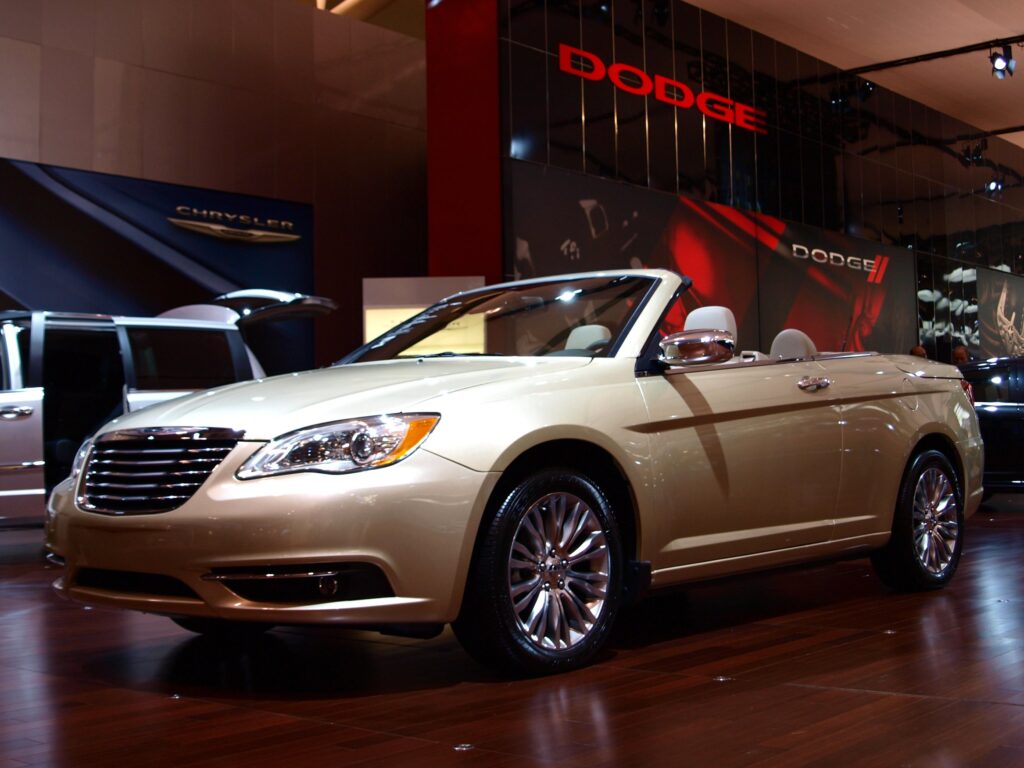
2. **Electrical Malfunctions**Beyond the hydraulics, the modern convertible top is heavily reliant on a sophisticated network of electrical components. This includes intricate wiring, numerous sensors, and complex control modules, all working in concert to ensure seamless operation. Unfortunately, any malfunction within this electrical system can directly impede the top’s ability to operate correctly, leading to frustrating and unpredictable behavior.
Owners frequently report a range of electrical problems, such as the top not responding at all to the activation switch. Intermittent operation, where the top works sometimes but not others, is another common complaint. Additionally, the illumination of dashboard warning lights specifically related to the convertible top system serves as a clear indication that an electrical issue requires investigation. These signals should never be ignored.
Diagnosing these electrical issues can be particularly tricky, often requiring specialized knowledge and equipment. It typically necessitates the expertise of a qualified technician who can accurately trace faults within the complex wiring and control modules. Attempting to resolve such problems without proper diagnostic tools can lead to further damage or misdiagnosis, making the problem worse.
Regular inspections are crucial in catching these electrical problems before they escalate into complete system failures. Simple checks of electrical connections and switches for signs of wear, as recommended in general maintenance guidelines, can go a long way. Furthermore, if troubleshooting steps like checking the battery or inspecting fuses, as outlined for Mercedes models, do not resolve the issue, professional help becomes essential to ensure the correct functioning of your convertible top.
Read more about: The Real Cost of Ownership: 10 Sedans That Become Money Pits After Five Years (And How to Avoid Them)
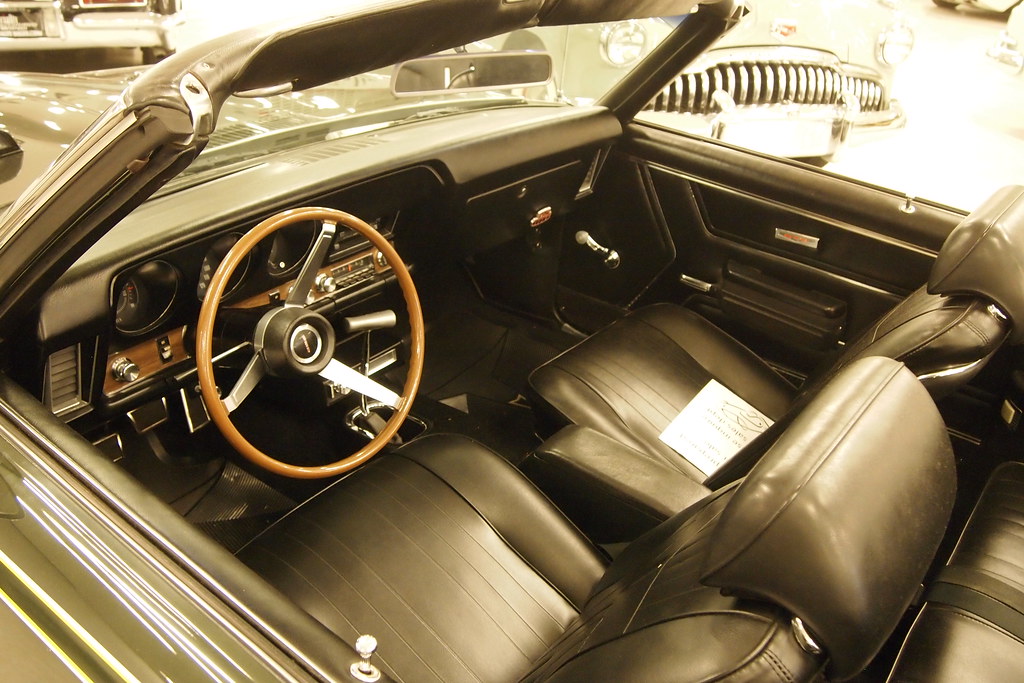
3. **Wear and Tear on Seals (and associated issues like Leaks, Wind Noise)**Over time, the protective seals and weather stripping that are critical to a convertible top’s integrity inevitably succumb to wear and tear. These components, typically made of rubber or similar flexible materials, are constantly exposed to the elements and the stresses of the top’s operation. This continuous exposure leads to visible cracks, deterioration, or misalignment, directly impacting the driving experience and the vehicle’s interior.
One immediate and noticeable consequence of compromised seals is increased wind noise within the cabin. Unlike fixed-roof vehicles, convertibles inherently have more airflow. Worn seals and weather stripping exacerbate this, allowing more noise to penetrate. This can make conversations difficult and create a less comfortable and serene driving environment, especially when traveling at higher speeds on highways.
More concerning than wind noise is the frequent problem of leaky roofs, a common complaint as convertibles age. Deteriorated soft-top material, compromised seams, or misaligned seals around windows provide avenues for water to enter the cabin. This occurs predictably during rain or even during a car wash, leading to damp interiors, unpleasant odors, and the potential for mold growth, not to mention damage to upholstery and electronics.
Proactive maintenance is absolutely essential to mitigate these issues. This includes regularly inspecting the seals for any visible cracks, hardening, or signs of deterioration. Cleaning and conditioning these seals with appropriate products can help prevent premature cracking and maintain their flexibility. Resealing areas prone to leaks, as recommended in the context, is a critical preventive measure.
Addressing wear and tear on seals is not merely about comfort; it is also about protecting your investment and ensuring the safety of your vehicle’s interior from water damage. Regular attention to these seemingly small components can significantly improve your driving experience, reduce cabin noise, and prevent costly water-related repairs, ultimately extending the longevity of your convertible top.
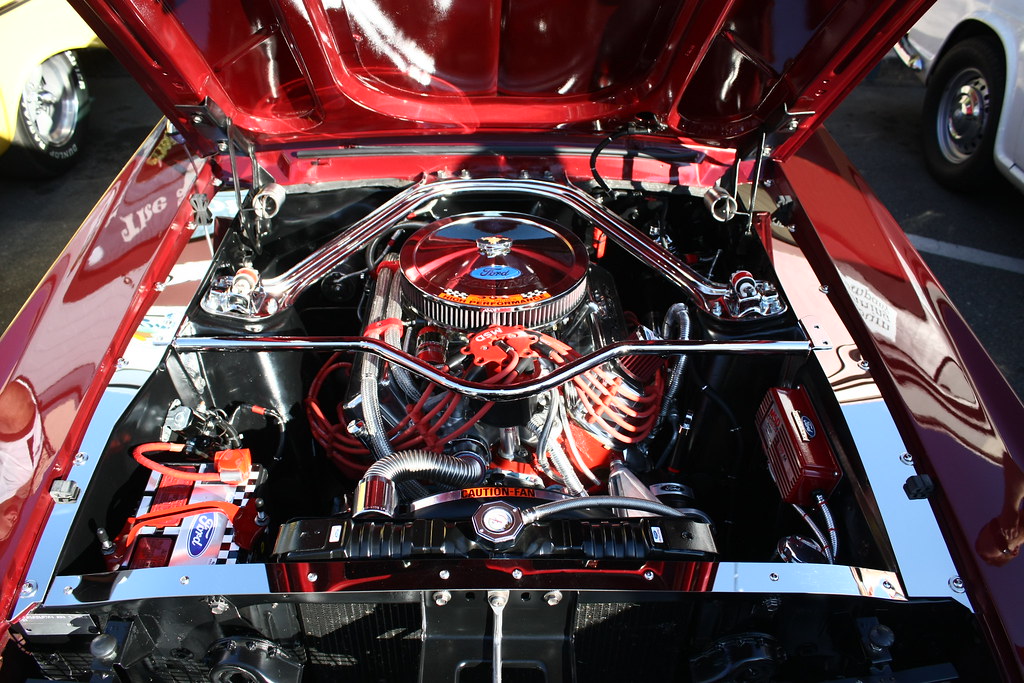
4. **Mechanical Component Failures (hinges, motors, general stuck mechanisms, motion inconsistencies)**
The sophisticated mechanisms that orchestrate the operation of a convertible roof are marvels of engineering, but they are also complex and prone to mechanical failures if not diligently maintained. Whether your vehicle features an electric or a manual system, various components like motors, intricate hinges, cables, or other mechanical linkages can malfunction over time. Such failures can render the roof completely inoperable, a significant inconvenience for any owner.
Owners frequently report a range of mechanical issues that manifest as problems in the top’s movement. These include the top getting stuck mid-cycle, a common complaint often indicative of a worn-out component or an obstruction within the mechanism. Motion inconsistencies, such as the top operating at a slower-than-normal speed or becoming hesitant during opening or closing, are also clear signs of underlying mechanical stress.
Neglecting the routine checks and timely repairs of these critical components can lead to a cascade of further damage. For instance, forcing a struggling top can bend hinges or strip gears, turning a minor issue into a major repair. This can leave owners with an unusable roof, a particular problem when unexpected weather changes occur, making the car vulnerable to the elements.
To ensure smooth and reliable operation, routine inspections and preventative care are paramount. This involves regularly checking for any physical obstructions that might hinder the top’s movement, as suggested in troubleshooting tips. Additionally, properly lubricating all moving parts, including hinges and latches, with a silicone-based lubricant, as highlighted for Mercedes models, can significantly reduce friction and wear. Addressing these small mechanical concerns early can prevent expensive breakdowns and ensure your convertible top functions flawlessly when you need it most.
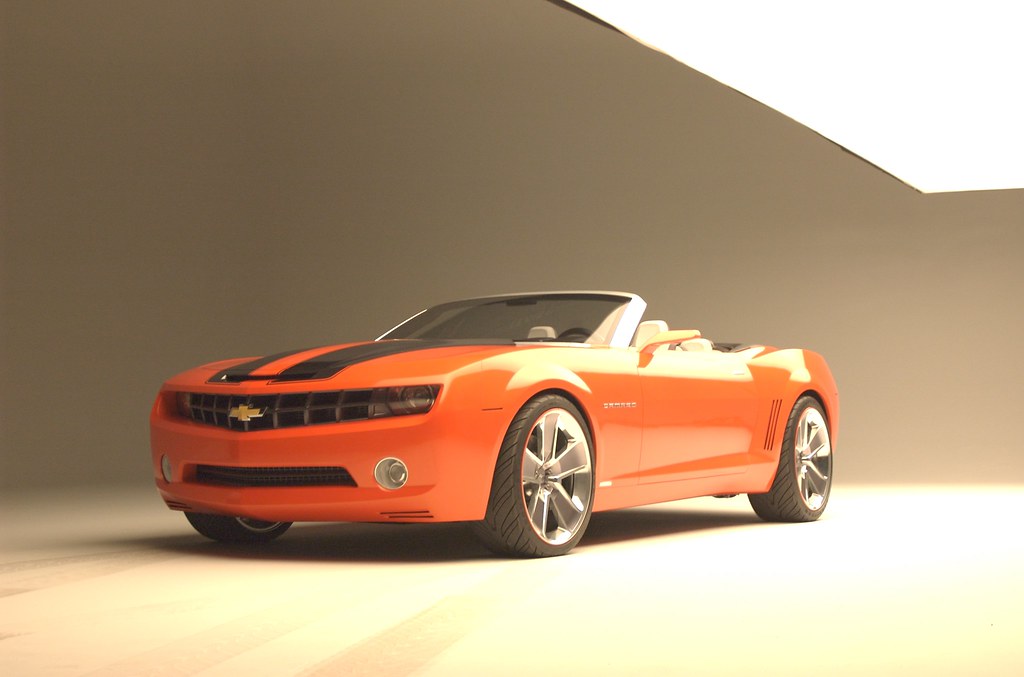
5. **Sun Damage**The very essence of convertible ownership—driving with the top down—inherently exposes the vehicle to significantly more sunlight than a traditional hardtop. While this exposure is part of the appeal, it also comes with the distinct disadvantage of accelerating sun damage. The intense ultraviolet (UV) rays can be remarkably harsh on both the interior and exterior components of the car, leading to premature aging and deterioration.
Internally, prolonged sun exposure can cause the upholstery, whether leather or fabric, to fade dramatically, losing its original color and appeal. Dashboards, often made of plastics or vinyl, can also crack, warp, or become discolored under constant UV assault. These aesthetic damages not only detract from the vehicle’s appearance but can also be quite expensive to repair or replace, significantly impacting the car’s perceived value.
The exterior is not immune either; the vehicle’s paint can fade, losing its luster and depth over time. Critically, the convertible top material itself, especially a soft-top, is highly susceptible to sun damage. UV rays can cause the fabric or vinyl to degrade, stiffen, or crack more quickly than it would on a hardtop vehicle, necessitating costly repairs or even full top replacements long before expected.
To prolong the lifespan of your convertible and mitigate these risks, proactive measures are indispensable. Regularly using UV protectants on interior surfaces, such as dashboards and upholstery, creates a barrier against harmful rays. Parking in shaded areas whenever possible is a simple yet highly effective strategy. Additionally, using a car cover when the vehicle is parked outdoors for extended periods can provide comprehensive protection.
Owners must remain mindful of the pervasive effects of sun exposure and integrate these precautions into their vehicle care routine. By taking these steps, you can significantly reduce the likelihood of costly repairs. This diligent care helps preserve the aesthetic appeal and structural integrity of your convertible’s interior and roof, ensuring it remains as enjoyable and presentable as the day you first acquired it.
Read more about: Oops! 14 Times Fashion Week & Red Carpet Moments Had Stars (and Royals!) Totally Mortified by Wardrobe Wonders Gone Wild
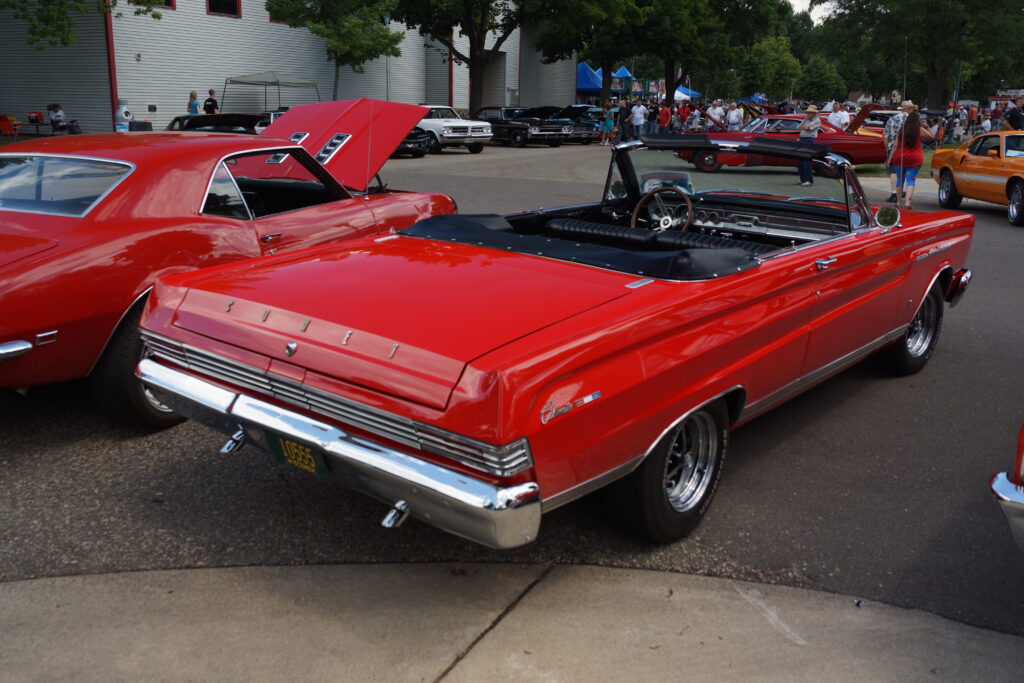
6. **Limited Trunk Space**One often overlooked, yet significant, practical consideration for convertible owners is the inherent compromise in trunk space. The innovative design required to accommodate the folding roof mechanism, whether a fabric soft-top or a retractable hardtop, inevitably encroaches upon the cargo area. This engineering necessity means that convertibles frequently sacrifice considerable trunk capacity compared to their hardtop counterparts or standard sedans.
This limitation can transform seemingly simple tasks like daily errands or planning a weekend getaway into logistical challenges. Owners may find there is little to no room for substantial luggage, larger grocery hauls, or equipment for hobbies. What might be a standard load for a regular car becomes a puzzle of strategic packing for a convertible, often requiring items to be placed in the back seat or leaving some behind.
For prospective buyers, understanding this constraint before committing to a convertible is absolutely crucial. Those who frequently travel or require significant cargo capacity for their lifestyle may find this limitation a persistent inconvenience. It is essential to assess personal needs and realistically determine if the available space will suffice for typical usage scenarios, preventing future frustration.
Existing convertible owners, or those who decide the open-air experience outweighs the cargo deficit, often need to explore creative storage solutions. Utilizing the backseat space for soft bags or smaller items is a common approach. Investing in external carriers, such as roof racks (if compatible) or hitch-mounted options, can provide additional capacity for road trips. However, it is vital to acknowledge that these are workarounds, and the fundamental limitations of trunk space remain, a constant reminder of the trade-off made for top-down exhilaration.
Understanding and managing this spatial compromise is a key aspect of practical convertible ownership. By being prepared for the reduced cargo capacity, owners can better plan their journeys and daily activities, ensuring that the unique joy of driving a convertible is not unduly overshadowed by unexpected storage woes.
As we continue our exploration into the realities of convertible ownership, it becomes evident that the considerations extend far beyond just the mechanics of the roof. Broader lifestyle challenges and long-term implications also play a significant role in the overall ownership experience. Understanding these aspects is crucial for any owner looking to maximize their enjoyment while minimizing potential headaches. This section will delve into these wider implications, offering a comprehensive view of what it truly means to live with a convertible.
Read more about: Beyond Instinct: 15 Cutting-Edge Vehicles for 2025 Designed to Shield You from Common Driving Pitfalls and Enhance Your Safety
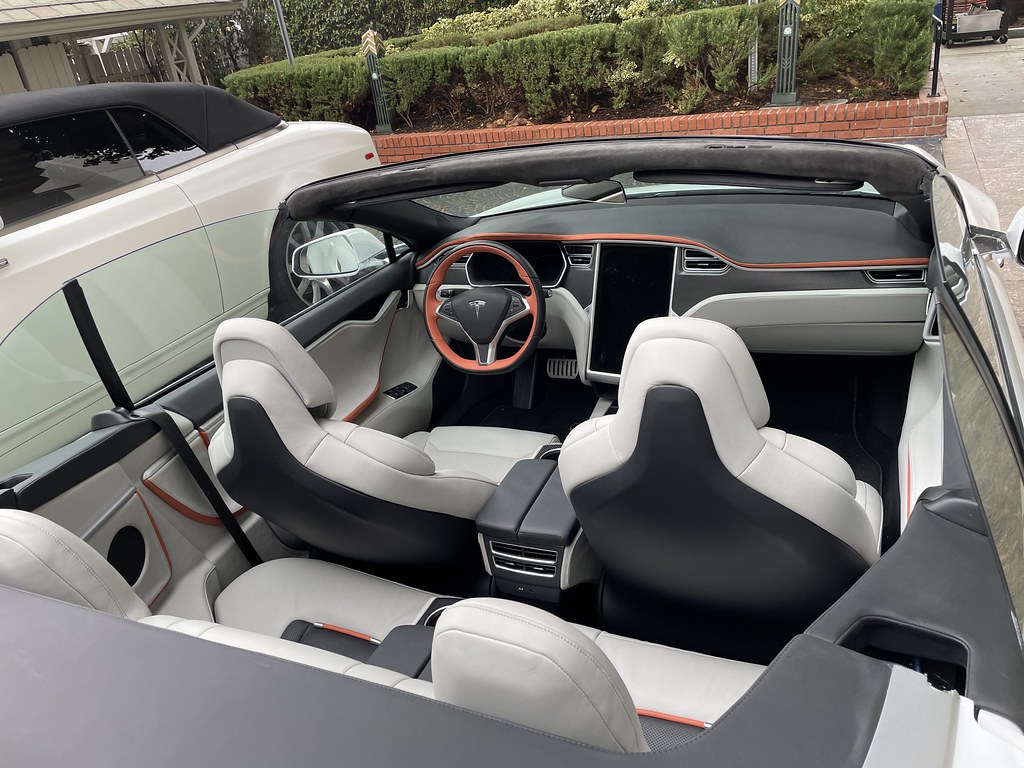
7. **Security Concerns**The inherent design of many convertibles, particularly those equipped with soft-top roofs, introduces a distinct and elevated security risk. Unlike their hardtop counterparts, these vehicles offer less resistance to determined intruders. The soft material of the roof is notably more vulnerable to forced entry, allowing thieves to potentially cut through it with relative ease to gain access to the vehicle’s interior. This makes convertibles a more attractive target for break-ins.
This heightened susceptibility means that convertible owners must adopt a more cautious approach to vehicle security. Parking location becomes a critical consideration, with an emphasis on well-lit and highly visible areas. These environments act as a deterrent to opportunistic criminals, reducing the likelihood of a covert break-in and offering a safer haven for your vehicle.
Furthermore, relying solely on standard vehicle alarms may not be sufficient for convertibles. Investing in advanced security systems, such as enhanced alarms, tracking devices, or even additional physical deterrents, can provide an extra layer of protection. These measures are designed to safeguard both the vehicle itself and any valuables stored inside, given the reduced barrier provided by a soft roof.
The awareness of these risks is paramount for convertible drivers. Understanding that the level of protection is inherently different from a standard vehicle means adapting personal security habits. Proactive steps against potential theft or vandalism are crucial when owning a convertible, ensuring peace of mind is not compromised by the joy of open-air motoring. It’s about being informed and prepared for the unique security profile of your car.
Read more about: Beyond the Beta Label: Unpacking the Genuine Confusion and Critical Failures in Automotive Software-Defined Vehicles
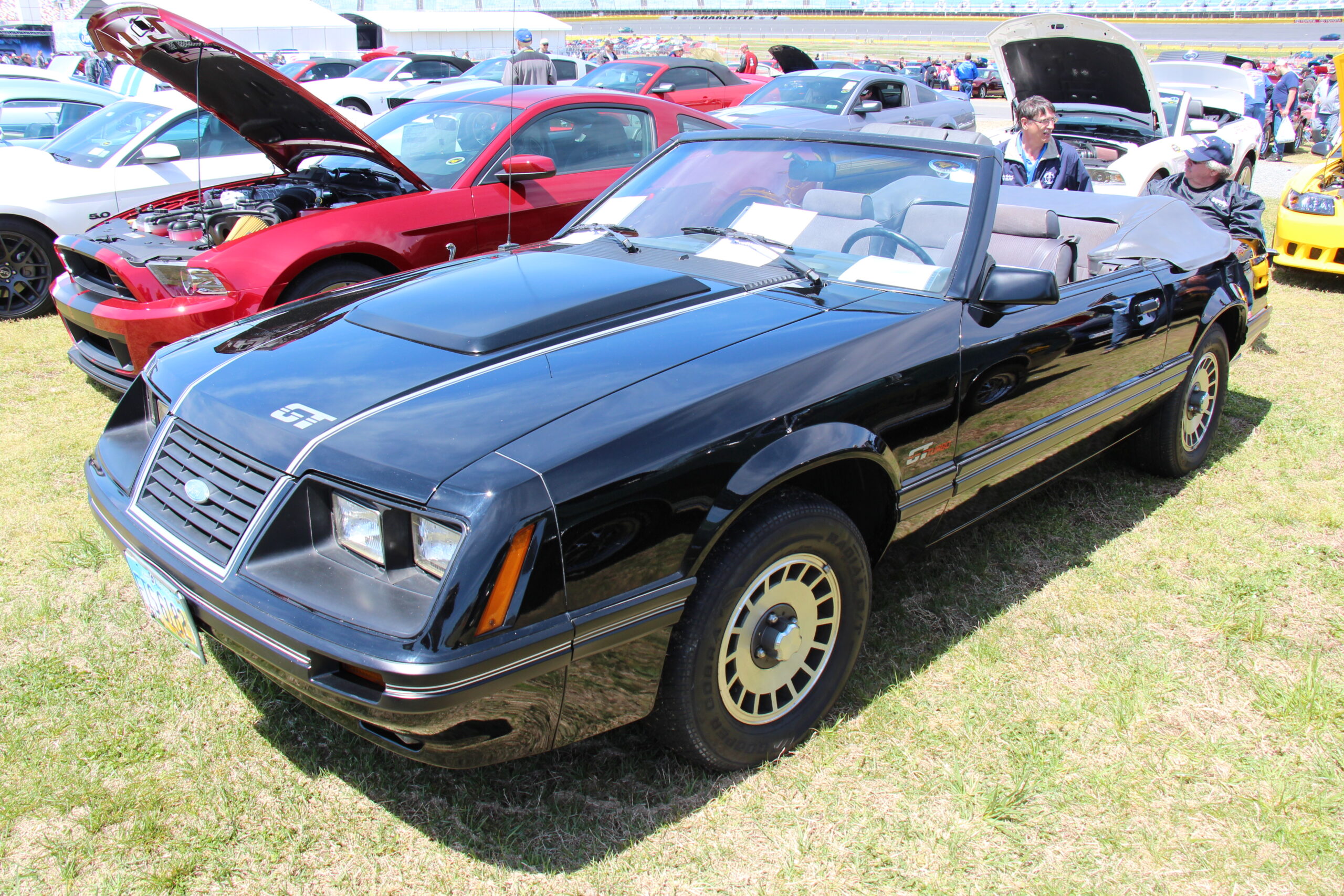
8. **Weather Vulnerability**Convertibles, by their very nature, are more exposed to the elements than traditional vehicles, rendering them inherently more vulnerable to various weather conditions. Sudden changes in weather, such as an unexpected downpour or prolonged exposure to extreme temperatures, can pose significant challenges. This direct exposure risks both the aesthetic and functional integrity of the vehicle’s interior and roof mechanisms.
Getting caught in a sudden rainstorm, even with a quick-folding top, can lead to water ingress, potentially causing lasting damage to the car’s upholstery and electronic components. Similarly, extended periods under intense sunlight or in freezing conditions can stress the interior materials, accelerate wear, and even affect the intricate mechanisms of the convertible top itself, leading to premature aging.
To mitigate these risks, regular weatherproofing of the convertible top material is highly recommended. This includes applying conditioning treatments to maintain its flexibility and water resistance, preventing cracking and deterioration. Additionally, utilizing a car cover when the vehicle is parked outdoors for extended periods offers a vital layer of protection against harsh environmental factors, preserving the top’s longevity.
Convertible owners must cultivate a vigilant awareness of weather forecasts and adapt their vehicle usage and maintenance routines accordingly. Such diligence helps to prevent weather-related damage, ensuring the car’s interior and roof remain in optimal condition. This proactive approach allows owners to fully enjoy their convertible experience without the worry of adverse weather impacts.
Read more about: Buyer Beware: 7 Hatchbacks That Won’t Make it to 10 Years Without Constant Corrosion
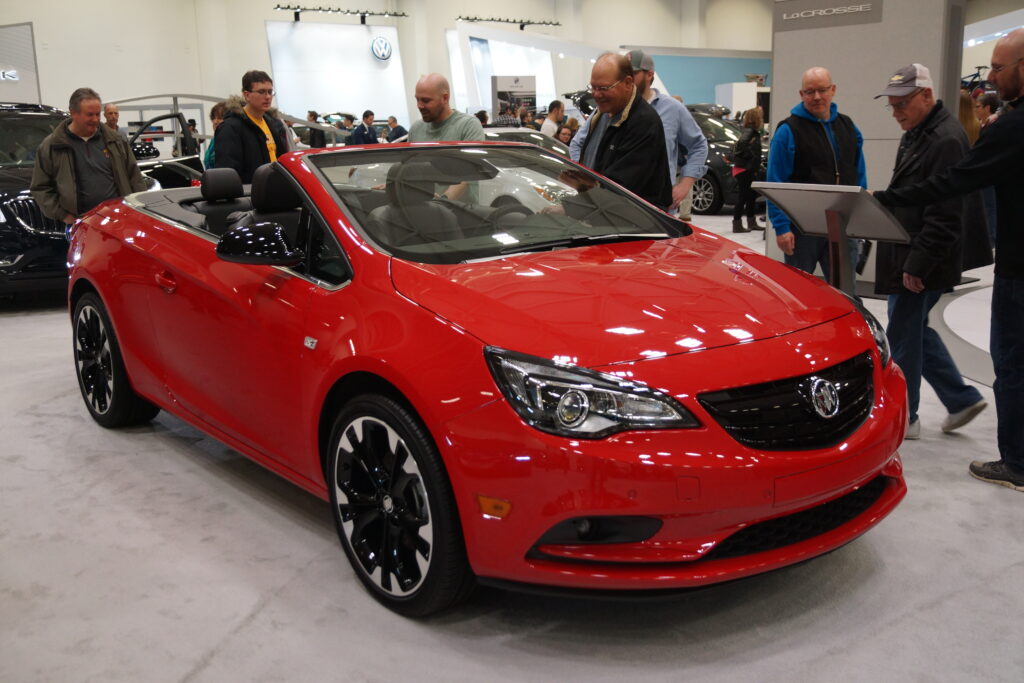
9. **Higher Insurance Costs**One often overlooked financial aspect of convertible ownership is the tendency for these vehicles to incur higher insurance premiums. This increase is a direct reflection of several factors that insurers consider to elevate the risk profile of convertibles. Their inherent design makes them more susceptible to theft, damage, and various mechanical issues compared to standard hardtop vehicles.
The soft-top design, in particular, is viewed as a less secure barrier against break-ins, leading to a higher likelihood of vandalism or theft claims. Moreover, the specialized and complex nature of convertible top mechanisms often translates into more expensive repairs. Should the top be damaged in an accident or suffer a mechanical failure, the cost to fix or replace it can be substantial, a factor that insurance providers meticulously account for in their premium calculations.
Prospective convertible owners must carefully factor these elevated insurance costs into their overall budget before making a purchase decision. It is essential to obtain quotes and understand the long-term financial commitment involved, rather than being surprised by unexpectedly high premiums after the acquisition. This foresight prevents financial strain and ensures that the total cost of ownership is transparent and manageable.
While higher premiums are common, certain proactive measures can potentially help in mitigating these costs over time. Regular maintenance, which ensures the vehicle remains in excellent working order, can sometimes be viewed favorably by insurers as it reduces the likelihood of mechanical breakdowns. Furthermore, installing robust security features, such as advanced alarms or tracking systems, can demonstrate a commitment to protecting the vehicle, potentially leading to reduced premium rates.
Ultimately, being prepared for the higher financial commitment associated with insuring a convertible is a crucial step for anyone contemplating ownership. Understanding these economic realities upfront allows for a more informed decision and ensures that the pleasure of driving a convertible is not overshadowed by unforeseen expenses. It’s an investment that requires careful financial planning.
Read more about: The Real Cost of Ownership: 10 Sedans That Become Money Pits After Five Years (And How to Avoid Them)
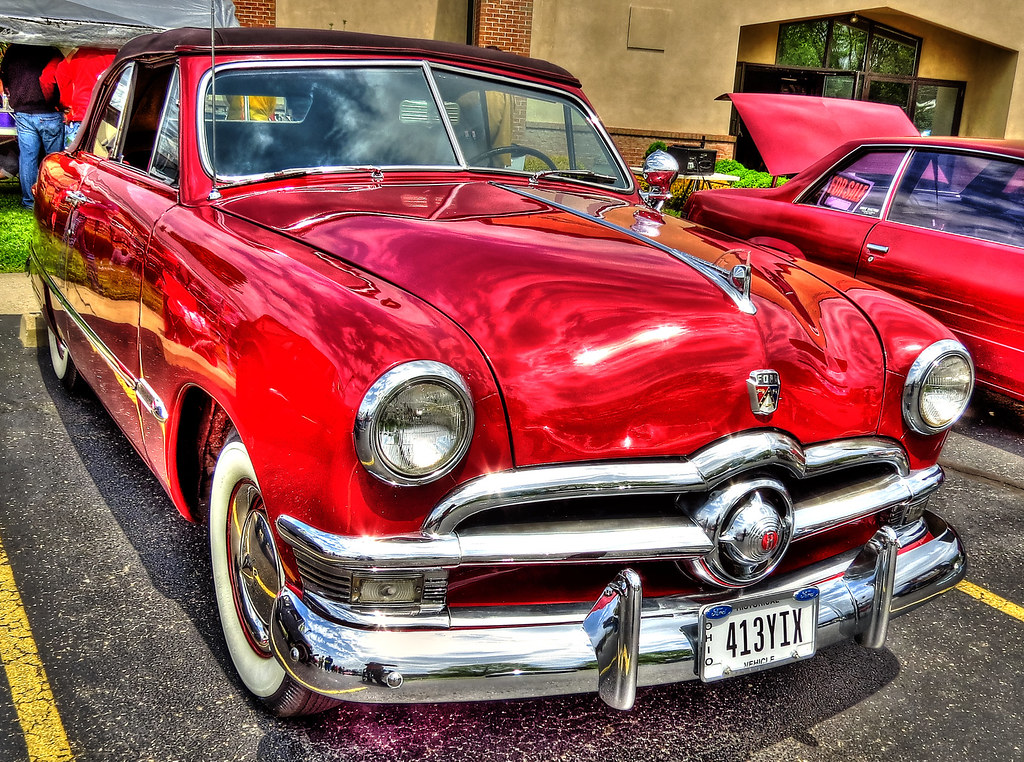
10. **Reduced Structural Integrity**A significant consideration in convertible design is the inherent compromise in structural integrity compared to fixed-roof vehicles. The absence of a rigid, continuous roof structure, which typically acts as a crucial load-bearing component in a car’s frame, means that convertibles often have a different safety profile. This distinction is particularly relevant when considering the potential impact of a rollover accident.
In such extreme scenarios, the protection offered by a convertible’s roof, especially a soft-top, is considerably less robust than that of a standard car. While modern convertibles incorporate roll-over protection systems, such as reinforced A-pillars and deployable roll bars, the fundamental lack of a fixed roof means the overall structural rigidity is reduced, affecting occupant safety in certain collision types. Owners must be aware of this inherent design characteristic.
Beyond accident scenarios, the frame of a convertible can experience increased stress over its lifespan. The specialized chassis bracing required to compensate for the missing roof can still lead to more concentrated wear and tear on other structural components due to the dynamic forces at play during driving. This additional stress can, over time, impact the long-term durability of the vehicle’s frame.
Regular inspections are therefore essential for convertible owners to ensure that the vehicle’s frame and all safety features, including any integrated roll-over protection, remain intact and fully functional. Any signs of fatigue or damage to the chassis should be addressed promptly by qualified professionals. This proactive approach is vital for maintaining the car in safe operating condition and preserving its structural health over the years.
Convertible owners must remain acutely aware of this inherent limitation. While the open-air experience is exhilarating, it comes with a trade-off in terms of structural rigidity that demands conscientious maintenance and an understanding of its implications for long-term vehicle safety. Prioritizing these aspects is key to responsible ownership.
Read more about: Sandra Bullock’s Ageless Radiance: Unveiling the Skincare Secrets That Keep Her Forever Young
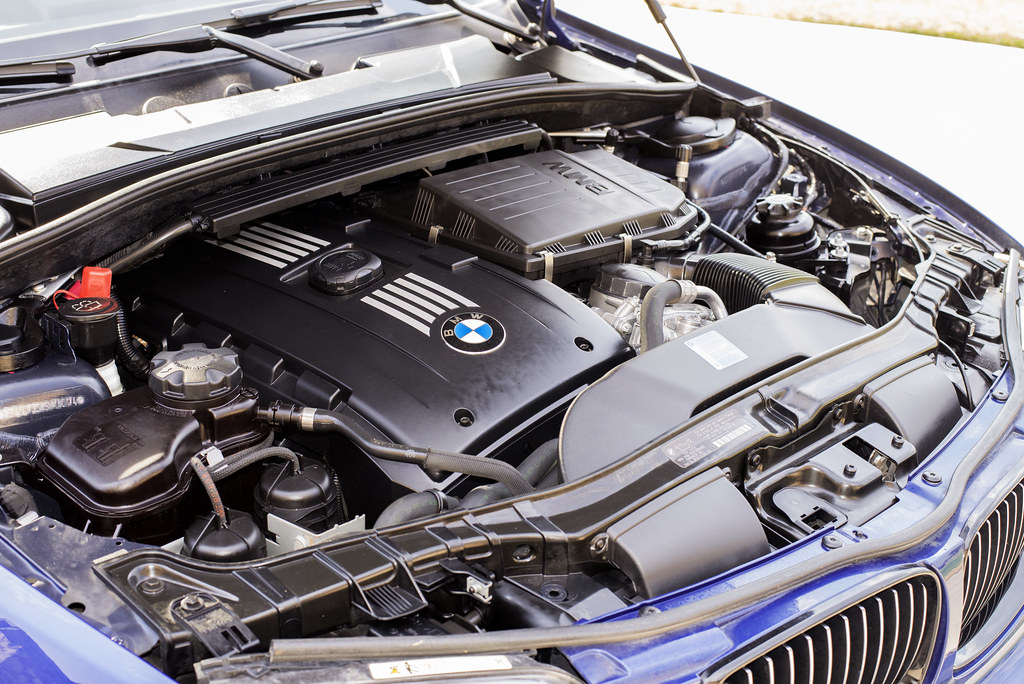
11. **Complicated Maintenance**The intricate engineering and specialized materials that define convertibles often lead to a more complex and, consequently, more expensive maintenance regimen compared to conventional vehicles. The elaborate mechanisms responsible for operating the convertible top are a prime example, involving a delicate interplay of motors, hydraulics, sensors, and electronic control units, all requiring precise alignment and function.
Soft-top roofs, in particular, demand specific care beyond regular car washing. They require specialized cleaning agents to prevent material degradation and regular conditioning treatments to maintain their water-repellency and flexibility. Neglecting these specific care requirements can lead to premature aging, cracking, and leaks, necessitating costly repairs or even full top replacements, impacting both appearance and function.
Furthermore, obtaining replacement parts for the convertible mechanism can be challenging. Many components are unique to convertible models, making them harder to source and often significantly more expensive than parts for standard vehicles. The labor involved in diagnosing and repairing these complex systems also typically requires specialized expertise, translating into higher service costs at dealerships or independent shops, adding to the overall cost of ownership.
Convertible owners should realistically anticipate and budget for these higher maintenance costs throughout their ownership. This involves not only setting aside funds for routine servicing but also for potential specialized repairs that might arise unexpectedly. Adhering strictly to manufacturer-recommended maintenance schedules and addressing even minor issues promptly is crucial for preventing small problems from escalating into major, budget-busting failures.
Proactive and specialized maintenance is the cornerstone of preserving the functionality and longevity of a convertible. It ensures that the intricate components continue to operate smoothly, extending the vehicle’s life and reducing the likelihood of unexpected and costly breakdowns, ultimately enhancing the enjoyment of the vehicle.
Read more about: The Real Cost of Ownership: 10 Sedans That Become Money Pits After Five Years (And How to Avoid Them)
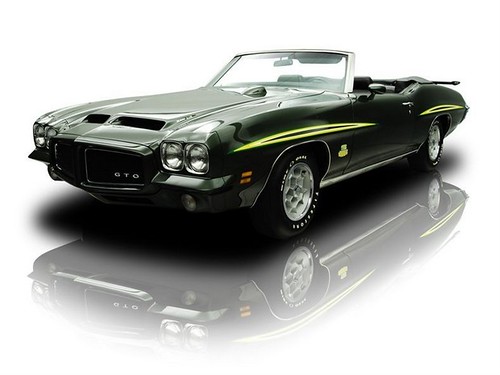
12. **Lower Resale Value**Despite their initial appeal and often premium price tags, convertibles frequently experience a more significant depreciation and consequently, a lower resale value compared to similar hardtop models. This phenomenon is largely attributable to the cumulative effects of their design, exposure to elements, and the complexity of their mechanical systems over time.
Convertibles are inherently subjected to increased wear and tear due to their open-top nature. The interior is more exposed to sun damage, leading to faded upholstery and cracked dashboards, while the convertible top itself, particularly soft-tops, can degrade more rapidly under environmental stress. These aesthetic imperfections, even if minor, can significantly diminish the vehicle’s attractiveness to prospective buyers.
The overall condition and operational reliability of the convertible top mechanism also play a critical role in determining resale value. A roof that operates slowly, gets stuck, or exhibits signs of leaks immediately raises red flags for buyers, indicating potential for expensive future repairs. Any existing issues with the hydraulic, electrical, or mechanical components of the top can drastically impact market value, making the car less desirable.
Owners must be particularly mindful of these factors throughout their ownership period. Diligent and consistent maintenance, addressing all issues promptly, and proactively protecting the vehicle from sun and weather damage are not merely about current enjoyment, but about preserving the long-term investment. A well-maintained convertible, with a fully functional and aesthetically pleasing roof, will always command a better price when it comes time to sell or trade it in.
By understanding the factors that contribute to lower resale value and actively working to mitigate them, convertible owners can maximize the return on their investment. This strategic approach ensures that the enjoyment of driving a convertible is balanced with an awareness of its economic lifespan and potential future valuation.
Read more about: Buyer Beware: 7 Hatchbacks That Won’t Make it to 10 Years Without Constant Corrosion
As we’ve navigated through these critical considerations, it becomes clear that the allure of a convertible, while powerful, is accompanied by a unique set of ownership responsibilities. From the intricate workings of the top mechanism to broader implications like security and structural integrity, each aspect demands informed attention. Armed with this knowledge, you are better equipped to enjoy the exhilarating freedom of open-air motoring, ensuring your cherished convertible remains a source of joy, not a cause for concern. Make savvy choices, maintain diligently, and keep that top down responsibly!

